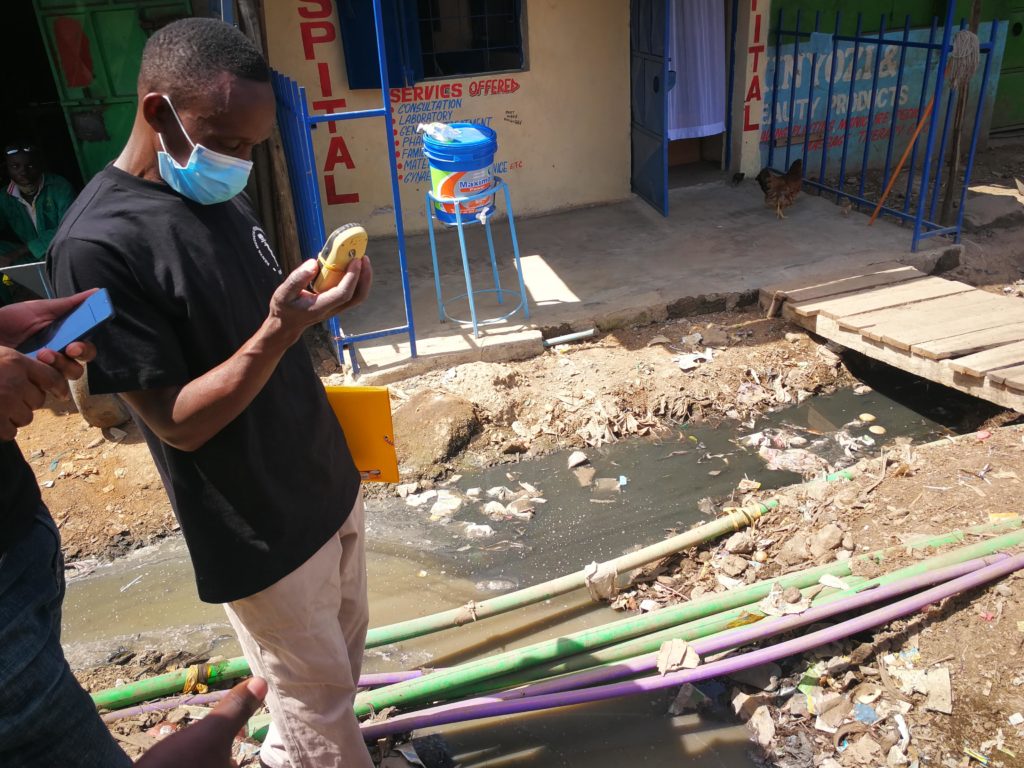This blog is part of a broader series on drug resistance and its increasing threat to global health.
Drug resistance is a significant and growing problem across the world for many bacterial infections, from tuberculosis to bacterial pneumonia, typhoid, invasive nontyphoidal Salmonella (iNTS) disease, and more. Antibiotics, medicines used to treat bacterial infections, have been a cornerstone of modern medicine since they were discovered. Unfortunately, due to overuse and misuse, as well as the natural evolution of bacteria, many of the antibiotics available to treat these diseases are becoming ineffective.
This problem is particularly concerning for iNTS, which has no vaccine available to prevent it. iNTS is a major public health challenge that impacts communities in sub-Saharan Africa the hardest. It can be caused by many different nontyphoidal Salmonella strains, with Salmonella Typhimurium and Salmonella Enteritidis being the most common. Young infants and children younger than 5 years of age often bear the brunt of the burden, accounting for 65 percent of cases in the region. When left untreated, iNTS can be fatal 20 to 25 percent of the time, underscoring the importance of prompt, appropriate, and effective antibiotic treatment.
Multidrug-resistant (MDR) iNTS, where the bacteria is resistant to the three first-line antibiotics, has been seen in many parts of sub-Saharan Africa, and recently, we have found MDR iNTS strains that do not respond to ceftriaxone, one of the last-line antibiotics used to treat severe life-threatening bacterial infections, in Kenya. This is threatening our ability to successfully treat those who fall ill with iNTS.
While we know iNTS is a major cause of bloodstream infection in sub-Saharan Africa, it remains unclear how it is spread in communities. Household asymptomatic carriers are thought to be a major source for the spread of iNTS to vulnerable individuals. In order to investigate this potential transmission pathway and to better understand the prevalence of MDR iNTS in Kenya, my team and I conducted a study in Mukuru, an informal settlement in eastern Nairobi metropolis.
Mukuru is one of the largest slums in Nairobi and is characterized by high population density and suboptimal sanitary and clean water facilities, conditions which facilitate the spread of enteric pathogens like iNTS. In this five-year case-control study, we included children with suspected iNTS disease, along with age-matched healthy children. Blood cultures and fecal samples were gathered from both groups and tested for bacteria that cause iNTS disease. Salmonella Typhimurium and Salmonella Enteritidis were found among both the symptomatic and healthy groups of children, indicating a high prevalence of iNTS among children in Mukuru. We also conducted whole genome sequencing and phylogenic analysis to understand the drug resistance profile of the bacterial strains and to see how related the strains are to each other, giving us a picture of how these strains are spreading within the community.
We found that 60 percent of the iNTS strains were resistant to two or more commonly available antibiotics, and 9 percent of strains were resistant to last-line antibiotics like ceftriaxone. Furthermore, we found a high level of relatedness among iNTS strains and a high prevalence of iNTS among asymptomatic children, indicating possible human-to-human transmission in this community.
As MDR iNTS continues to spread, we face significant challenges in treating children effectively. We are running out of treatment options, jeopardizing our ability to effectively treat children who do get sick. Having a safe and effective vaccine could significantly lower the disease burden of iNTS; this could be a longer-term solution to MDR iNTS in Kenya and the region. In the meantime, common infectious disease prevention tools like handwashing and access to clean water and sanitation can help prevent iNTS and slow the spread of drug resistant strains, keeping our available antibiotics effective for those who need them.
You can read the full article here: https://journals.plos.org/plosntds/article?id=10.1371/journal.pntd.0008440
Check out the prior blog in this series
Cover photo: PATH/Gabe Bienczycki. All other photos courtesy of Sam Kariuki.





